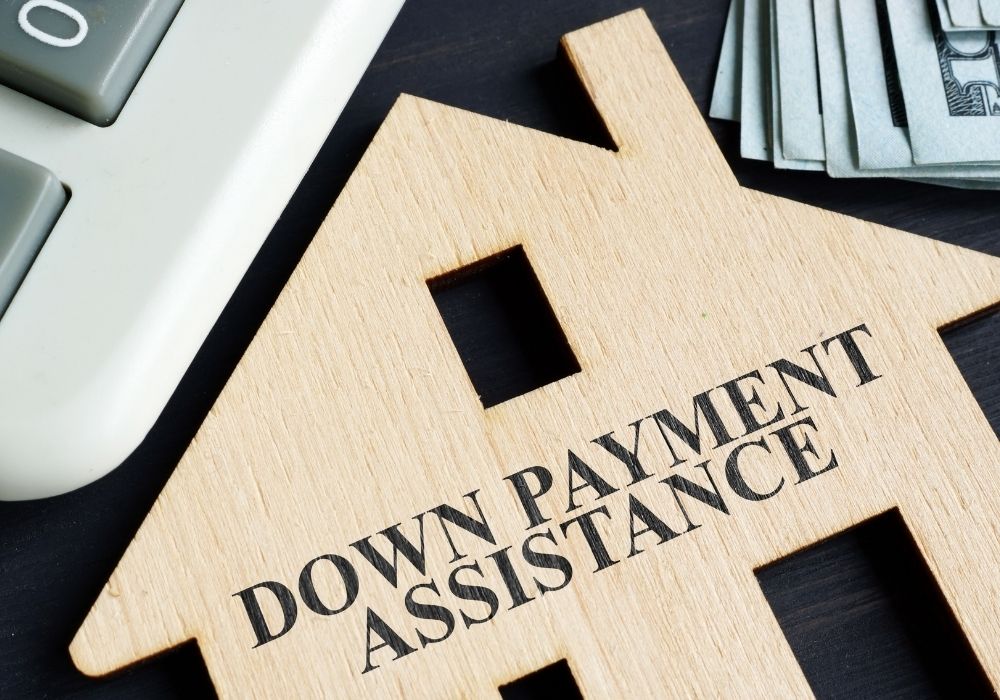Short-Term Equity Financing
By Tod Snodgrass
Due to rising interest rates, conventional funding from banks, hard money sources, etc. is becoming increasingly problematic for many Real Estate Investor Professionals (REI Pros). For example, say a REI Pro needs capital to plug a temporary financial hole—say $50,00 or $100,000 or $250,000 for a very short period of time, say just one day? Virtually no lender will provide funds for such a short period of time.
This is where a Short-Term Equity Financing (STEF) source can come in handy. STEF’s are not brokers; they are direct equity funders using their own private capital. They write the checks. The buck stops with them when it comes to final decision-making.
STEFs do not provide loans. Instead, a temporary Joint Venture Agreement (JVA) is created—a form of equity–with the REI Pro. The STEFs profit normally comes from a share of the REI Pro’s profit. Typical markup is 50% of the amount funded. If the STEF provides $100,000, they receive $150,000 in return. Obviously, all the paperwork involved has to be carefully crafted to offer maximum protection to all parties, with appropriate security and collateral issues spoken to successfully, which is why STEFs normally require that doc prep, title and escrow functions all be assigned to service vendors chosen by the STEF.
article continues after advertisement
4 STEF Case Studies
CASE STUDY NO. 1
Situation: A homeowner has fallen way behind with his monthly mortgage payments due to the fact that he lost his job. The bank recently sent him a NOD (Notice of Default) and the property is now in pre-foreclosure status. With insufficient time to fix up the place and subsequently sell it for top dollar, the homeowner has come to realize that he needs to prepare to move away from the residence, sooner rather than later. He reaches out to a local real estate broker who in turn puts him in contact with a cash buyer investor who is interested in purchasing the property—at a discounted price—via a double close (involving two separate escrows).
Problem: In addition to the overdue first position mortgage on the property, it is also encumbered with several liens: mechanics, HOA, property tax, as well as a lawsuit, including a lis pendens filing. The seller has no money to clear up the title, so it remains clouded, and the property remains unsold. Due to the high-risk factors involved, everyone (including the cash buyer) is reluctant to front the money to pay off the liens beforehand. The homeowner is stuck.
Solution: Seeking a way out of his client’s deteriorating financial situation, the broker reaches out to a Short-Term Equity Financing source for help with paying off the liens which created the clouded title logjam in the first place. Once all the pieces of the financial puzzle are properly in place (agreements and contracts signed, proper escrow instructions prepared, all monies needed for the deal are sent into both escrows), both closings can occur pretty quickly.
Result: The property owner came out OK via a cash-for-keys/deed-in-lieu arrangement with the cash buyer; the buyer got the property at a good discount from FMV; the STEF was amply rewarded for its involvement; and last but not least, the broker earned a 5% referral fee from the STEF (based on the amount that the STEF funded) for their time, trouble and expertise.
article continues after advertisement
CASE STUDY NO. 2
Situation: A General Contractor Investor (GCI) owns two acres of prime residential real estate, free and clear, with no loans or liens against the property. The land had already been successfully subdivided, entitlements are all in place, architectural drawings and plans are 100% complete for all the SFRs. Further, the GCI has already arranged a construction loan with a major bank for all the new houses, to be built one-after-another, in a series. The only thing left to do, prior to starting work, is to pay for the permits on the first few houses.
Problem: The wife of the GCI recently filed for divorce, tying up all the CGI’s assets, including the funds he had previously put aside to pay for the permits.
Solution: A STEF was brought in to provide funds for the permits. The STEF was provided with collateral via liens against the lots the CGI owned free and clear. Based on that, the STEF fronted the money for the permits, which had already been previously approved. By prearrangement, the bank providing the construction loan had agreed to “overfund” the construction loan in order to provide payback to the STEF for the funding they provided + the STEF’s markup.
Result: That same day, the loan got funded and the permits were issued. Construction soon got underway. It all turned out OK at the end for all parties.
CASE STUDY NO. 3
Situation: A property was part of an estate. The owner died and the property went into Probate. While the property had a lot of equity in it, there was still an outstanding first mortgage with a modest amount still due, which the court ruled in this case had to be paid off completely before Probate could close. Once probate closed, then the four beneficiaries could each receive their respective six-figure proceeds.
Problem: To say that the four heirs to the estate did not get along well would be an understatement. There was apparently long-standing bad blood between several different family members. The result is that, because of a total lack of trust, none of them could or would agree to pay off the amount due on the mortgage. It was a financial standoff.
Solution: A STEF was referred into the situation by an attorney. The STEF provided sufficient capital to pay off the one remaining encumbrance: the first loan, so the property could be sold a ready buyer.
Result: Probate was able to close; the property sold; the heirs got their money and STEF was paid off for its investment + standard markup. All parties walked away with a smile on their respective faces.
CASE STUDY NO. 4
Situation: A successful REI Pro owned several commercial and industrial properties free and clear. He recently identified an investment property he wanted to buy from a distressed seller. The REI Pro calculated that he could turn right around and immediately sell the property for a handsome profit, since it came with an extraordinary amount of equity. The REI Pro had the property under contract. Further, the REI Pro had already lined up a cash buyer to purchase the property. The buy and sell would only take one day to successfully accomplish.
Problem: The REI Pro, at that time, was “asset rich and cash poor”. He had no ready cash to use to buy the investment property he wanted to immediately flip. To further complicate things, he had recently defaulted on a bank loan, which had caused his FICO score to plummet. Due to the hit on his credit score, no banks in the area were willing to loan him the money he needed to buy the equity-rich property he had his eye on.
Solution: A STEF was brought into the picture who fronted the purchase price, once the REI Pro pledged several properties he owned in order to cross-collateralize the deal.
Result: It all wrapped up to everyone’s satisfaction.
NOW AVAILABLE:
A. We currently offer two different funding programs for professional real estate investors: Short-Term Equity Financing & Down Payment Assistance Funding.
1. We help make deals happen that might not otherwise close, absent our funding.
2. We are happy to pay you a 5% referral fee, based on the amount we fund. For example, if you send us a lead and we fund $100,000, we send you a check for $5,000 at closing.
B. Short-Term Equity Financing: As described above.
C. Down Payment Assistance Funding Program. For more information, see https://creativetransactionfunding.com
1. Are you a Real Estate Investor Pro (REI Pro) who has a property you want to buy, with a 70% LTV or better, but you lack some of the Down Payment (DP) money needed to close the deal? You need say, 25% DP, but can only come up with 10% and need 15% more (DP money?
2. The good news is if your deal meets our standard criteria (70% LTV or better = 30% or more equity in the deal, etc.), CTF can provide the missing 15% in DP funding. By not having to put out all your own capital into DPs–especially if you are low on cash–you’ll be able to do more deals. With your DP source already in place, it will shorten your time for getting positive confirmation from your primary lender, and for getting more deals successfully closed.
D. If you would like to receive free information about our funding programs, please send an email to: [email protected], with the following three lines of (your) info:
1. Full Name
2. Phone number
3. Email address
Any questions, please advise.
Sincerely,
Tod Snodgrass
President
Creative Transaction Funding LLC
Providing Down Payment Assistance & Short-Term Equity Financing to investors, nationwide.
[email protected]
Learn more about Tod Snodgrass, President of Creative Transaction Funding LLC, visit https://
Learn live and in real-time with Realty411. Be sure to register for our next virtual and in-person events. For all the details, please visit Realty411Expo.com or our Eventbrite landing page, CLICK HERE.
























